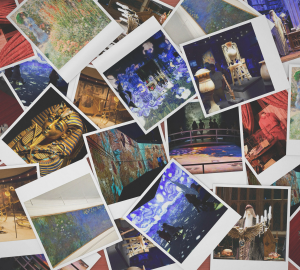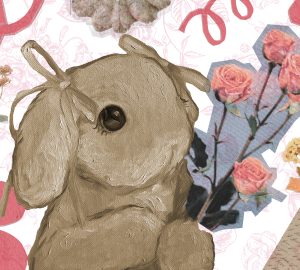By Darci McMackin
The artwork of Kara Walker was examined on January 18 as SCAD’s Director of Development, Elizabeth Rowan, combined artwork and historical content to address issues of slavery, sexuality and grotesque meaning in a presentation titled, “Beyond Black and White: Kara Walker’s Dirty South.” According to Rowan, Walker shows her take on an antebellum South by use of paper, puppets and projectors, and how she too was “sold into slavery.”

Her artwork, at many times, has a double image and depending on the way the viewer takes it in can be preserved many different ways. The artist uses silhouettes, which is taken from an old art form, so that the people are not recognizable; however, it is easy to spot the Caucasian versus the African American. In her puppetry artwork, she features a small cast much like that of her wall pieces; however, she feels she is more “in control” when using her daughters voice as well as her own to bring the stories to life.
After moving to the South from the west coast, Walker has stated that she must “reinvent the issue” and that at one point in time “we are all somebody’s slave.” Rowan said that the matters displayed in Walker’s artwork are not subject to change. “Most of her work will continue to be based around a colonial America; however I do think new ideas will be represented in pieces to come,” said Rowan. “Beyond Black and White: Kara Walker’s Dirty South” was part of the Ivy Hall Lecture Series. For more information on the Ivy Hall Lecture Series, visit www.artofrestoration.org.
Photo by Darci McMackin





















